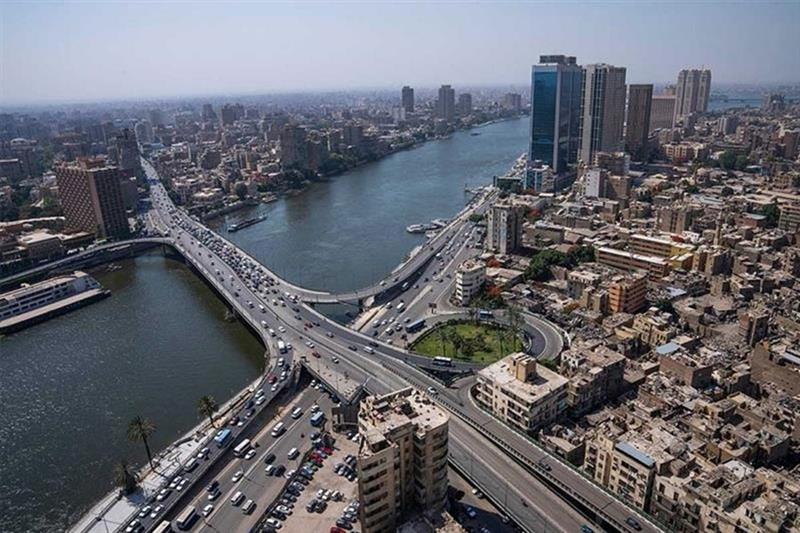Egypt’s recent agreement with the UAE to develop the coastal zone Ras El-Hikma offers a promising solution to the country’s pressing challenges, particularly concerning its US dollar liquidity requirements. The deal, valued at $35 billion, will see Egypt receiving the amount in two installments over the next two months. As part of the agreement, Egypt will obtain 35% of the project’s revenues throughout its duration, with $11 billion from the UAE’s deposits at the Central Bank of Egypt (CBE) earmarked for project investments.
In an interview with Business Monthly, Ali Metwally, an Economic Consultant at IBIS Consultancy, emphasized the critical importance of the liquidity infusion, stressing that its significance cannot be overstated.
This investment exceeds the $11 billion in foreign investments Egypt secured in 2022, marking the highest amount in over a decade, according to Metwally.
Economic benefits
Metwally highlighted to Business Monthly the multifaceted impact of this liquidity infusion on Egypt’s economy.
“It will amplify Egypt’s domestic product by fostering economic and productive activities, particularly in construction, manufacturing, tourism, hospitality, transportation, logistics, and technology sectors. This may lead to an optimistic adjustment in analysts’ growth projections for the Egyptian economy,” he said.
Moreover, it has the potential to enhance the labor market by potentially mitigating unemployment, especially considering Egypt’s historically low unemployment rate of 6.9%, Metwally added.
“The project, alongside potential amendments to labor laws, can positively impact employment, aligning with the Prime Minister’s acknowledgment of the need for a million new job opportunities annually,” he noted.
Additionally, it will attract investors from different countries, often bringing advanced technology, expertise, and experience.
“This transfer of technology and innovation can boost productivity and competitiveness across various industries, leveraging the Emiratis’ previous experiences as a potential guide,” elaborated Metwally.
Metwally highlighted that FDI positively impacts Egypt’s balance of payments and addresses the central bank’s exchange rate challenges. Additionally, infrastructure enhancement, increased investor confidence, debt burden relief, and long-term revenue growth contribute positively to the Egyptian economy.
Biggest deal
Major international financial institutions have hailed the deal as one of the largest FDI deals in the country’s history, which they believe will aid the challenging economy’s recovery.
Goldman Sachs commented, stating, “The magnitude of the investment is far greater than what we had been expecting, and the timing far sooner.”
The investment banking company anticipated that the deal’s amount, coupled with the completion of the IMF loan program, would offer ample liquidity to cover Egypt’s financing gap over the next four years. Moreover, it projected the FX to provide CBE with sufficient liquidity to clear the FX backlog and stabilize the FX market in the coming days or weeks.
However, Goldman Sachs cautioned that this could lead to a modest devaluation of the local currency against the greenback.
Meanwhile, Morgan Stanley anticipated the deal to unlock a larger IMF loan, up to about $10 billion, along with additional funding from multilateral partners.
Exchange rate
Stanley also forecasted that the US dollar rate in the currency parallel market would decrease to EGP 40-45/1 USD, particularly if the announcement of the IMF loan updates is revealed. This is expected to bridge the rate gap between the official market and the parallel one.
“The deal has already had positive impacts on the ground since it was signed. This includes a notable decline in the US dollar rate in the parallel market to about EGP 50/1 USD, down from EGP 62/1 USD before the announcement of the deal. I expect that this downturn will last for a longer time,” said Ahmed Moaty, CEO of the Kuwaiti financial consulting firm VI Markets, in an interview with Business Monthly.
As of March 3, 2024, the dollar hovers around 41.29 in the black market, while remaining steady at 30.9 at the official rate.
According to Moaty, the ongoing and expected decline of the US dollar’s unofficial rate will positively affect the inflation trend in the local market.
“One of the main drivers behind the high inflation rate in Egypt over the past years is the high US dollar rate in the unofficial market. However, with the announcement of the Ras El-Hikma deal, prices of a range of foodstuffs have kept their rates after a wave of increasing prices, while the prices of other food commodities have started to slightly decrease. This will be reflected positively on the inflation readings that are expected to contract,” Moaty explained.
Following the announcement of the deal, poultry prices, for instance, have declined by 3%-5%. Moaty expects commodities to decline by up to 30% in the local market over the short and long runs.
The deal will also have positive impacts on Egypt’s external debt position.
According to Moaty, the deal involves the conversion of the $11 billion of UAE’s deposits at the CBE into investments in the project, which means that Egypt’s overall external debt will shrink by this amount along with its services.
Furthermore, the project is expected to attract $150 billion in FDIs into the country during the project’s construction process, which will commence in 2025.
In this respect, Moaty noted that this liquidity will boost Egypt’s US dollar liquidity along with the 35% in revenues Egypt retains from this project throughout the development rights.







